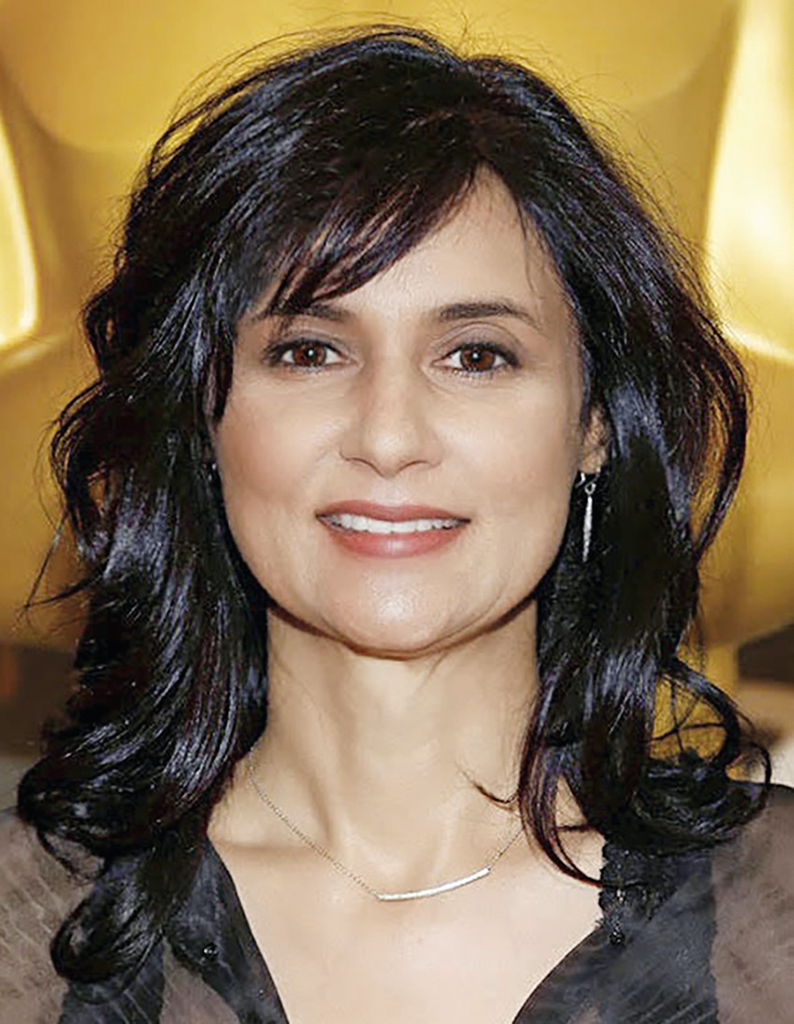

By TREVOR HOGG
In recognition of a visual effects career that began as a pioneering Flame artist on Super Mario Bros. (1993) and currently has her overseeing the visual effects for Venom 2, Sheena Duggal received the 2020 VES Award for Creative Excellence, which honors individuals who have consistently produced compelling and creative imagery in service to the story.
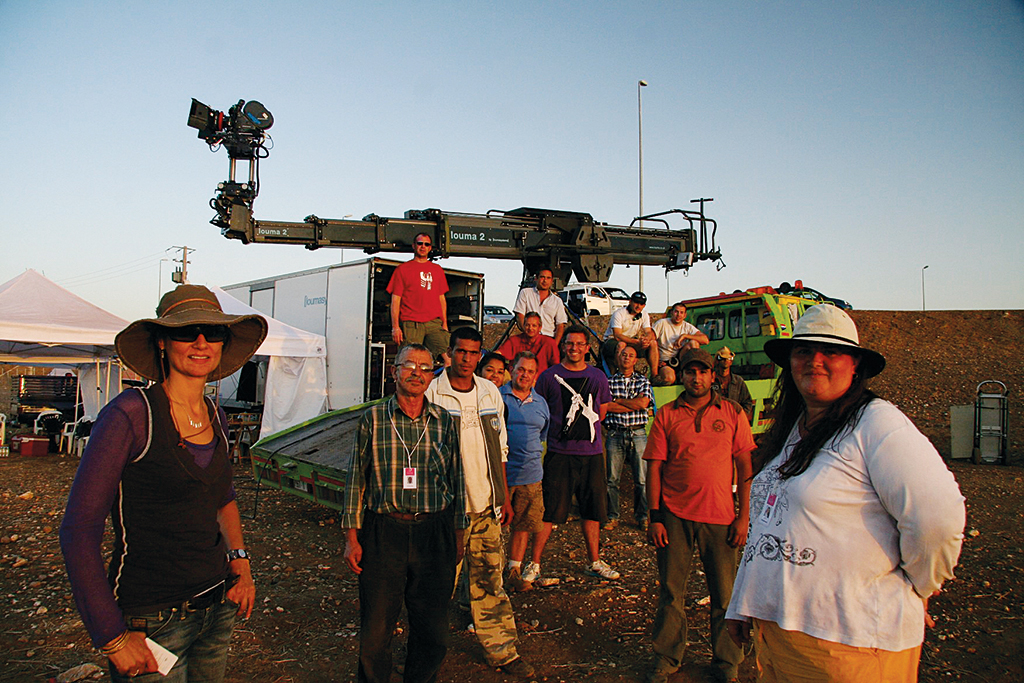
The daughter of an electrical engineer and a homemaker was born in Manchester, England and grew up in Stourport-on-Severn in Hereford and Worcestershire. “I left home at 17 to study an art foundation course at the Victoria Institute School of Art in Worcester,” recalls Duggal. “I then went on to study for a Bachelor of Arts specializing in animation and title design. Bob Godfrey was our animation lecturer and he was a real hoot. Everything we animated was very Roobarb and Custard [an early 1970s BBC animated children’s show that used a hand-sketched style animated on twos]. We had the opportunity to visit Bob at his studio in London and were delighted to handle the Oscar that he won for his best animated short, Great, which made him the first British animator to win an Academy Award.”
An internship at Lodge-Cheeseman Production enabled the aspiring artist and fan of American graphic designer and filmmaker Saul Bass (Vertigo) to work with Bernard Lodge. “Besides being famous for the 1963-1973 Doctor Who title sequences, Bernard designed the brief screen display of the complex landscape on the barren asteroid in Alien. This was generated by Systems Simulation Ltd., one of the very few computer graphics facilities outside of the U.S. creating CG for motion pictures. Lodge also directed the Esper sequence in Blade Runner (1982). It was a thrill for me of course. I never imagined that I would go on to VFX supervise two films with an artist I admire as much as Sir Ridley Scott (Matchstick Men, Body of Lies).”
Upon graduating with a Bachelor of Arts Honors degree in Graphic Design specializing in animation, Duggal decided to forgo traditional animation and create high-resolution computer designs for musicians and photographers. “It was 1985 and I thought that computers were the future and that high resolution would be the area to have expertise in. Being liberated from shooting each frame on a rostrum camera was also massively appealing. I love to embrace new ideas and technologies. It’s invigorating to innovate and think ahead into the future. This medium made me happy as I could literally go where no man has gone before.”
Duggal got the opportunity to conceptualize the album cover for Traveling Wilburys Vol. 1 with George Harrison. “I was working with Art Director David Costa of Wherefore Art. It was a magical time. I remember how collaborative and down-to-earth George was. We spent many hours sitting in front of the computer together and even went out to dinner. George talked about being a Beatle, but mostly about his time in India and how profoundly affected he was by his yogi, and his devotion to yoga and transcendental meditation.”
A chance to work on the first video game adaptation caused Duggal to shift her focus towards cinema. “My friend Philippe Panzini [he later won a sci-tech award for his work on Flame software] was working on Super Mario Bros. and showed my work to the producers. They hired me from London to come to Los Angeles as a digital matte painter. When I arrived, they discovered that I had studied animation, so I was animating and compositing shots in no time.”
Around that time a revolutionary 2D compositing software was being developed. “The early days with alpha versions of Flame were fantastic,” Duggal recalls. “We pushed the tools to the limit. The developer who had written the code, Gary Tregaskis, was with us on Super Mario Bros. writing tools as needed. Every day brought something new that we didn’t know we could do. We were devising new methodologies, coming up with ideas and creating images that were literally bleeding edge at the time.
“After Super Mario Bros. I went to work at Colossal Pictures where I animated and composited the Robocop theme park ride for Iwerks Entertainment and created the award-winning Coke Sun commercial,” remarks Duggal. “In 1994, I joined ILM to work with Bob Zemeckis (Back to the Future) on a Tales of the Crypt episode in which he was bringing Humphrey Bogart back to life. This is when I first met Ken Ralston (Forrest Gump) and Debbie Denise (Snow Falling on Cedars). I worked on some fun projects at ILM. Compositing the fight sequence on top of the train for the first Mission: Impossible was one of the bigger challenges, but considering this was done in 1995, it holds up really well today.”
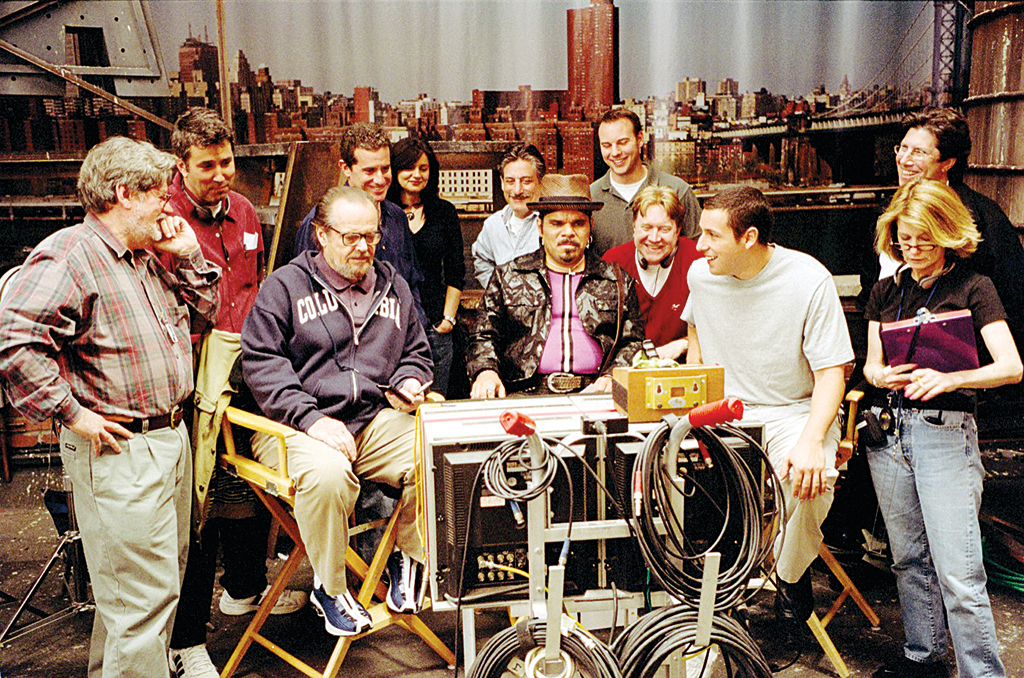
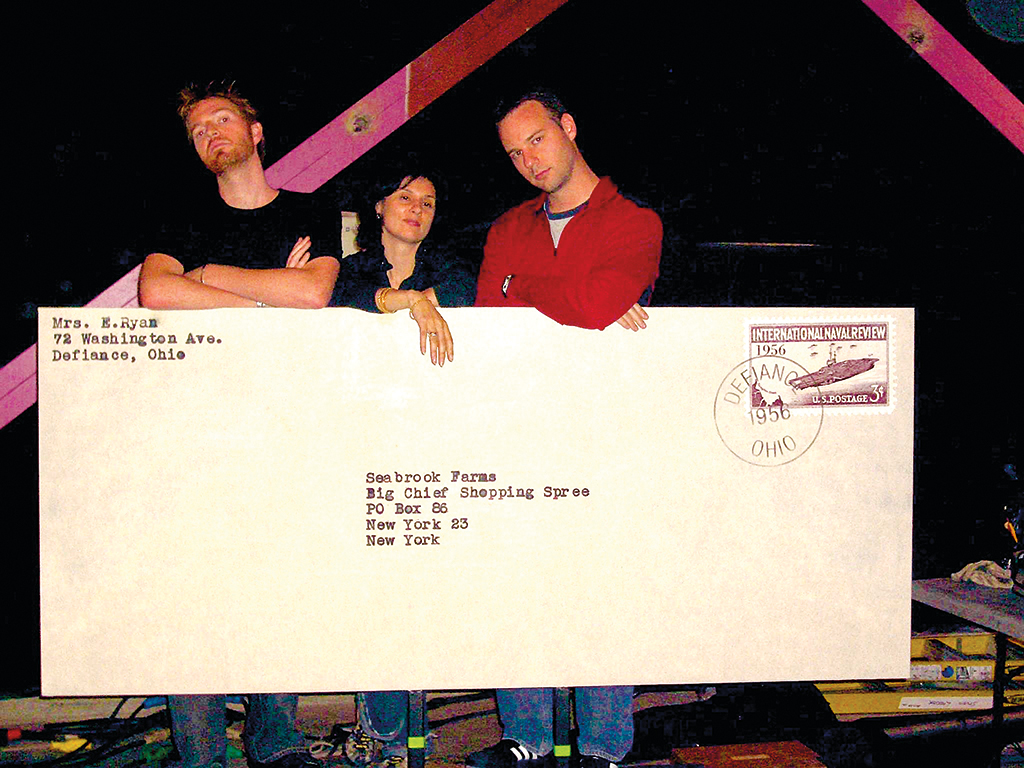
“It was 1985 and I thought that computers were the future and that high resolution would be the area to have expertise in. Being liberated from shooting each frame on a rostrum camera was also massively appealing. I love to embrace new ideas and technologies. It’s invigorating to innovate and think ahead into the future. This medium made me happy as I could literally go where no man has gone before.”
—Sheena Duggal, Visual Effects Supervisor

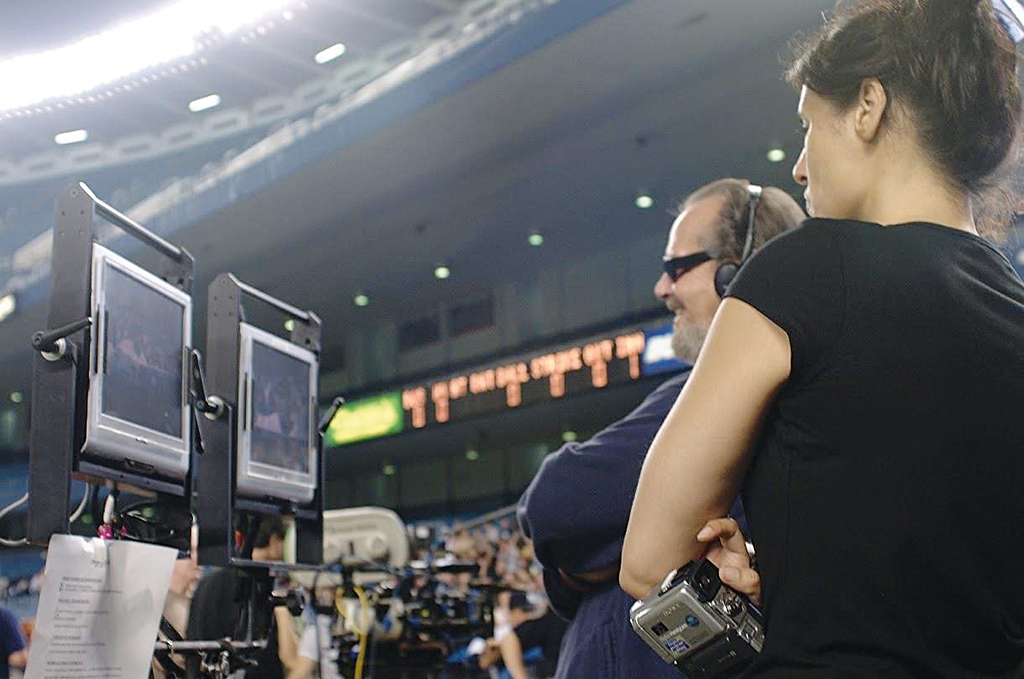
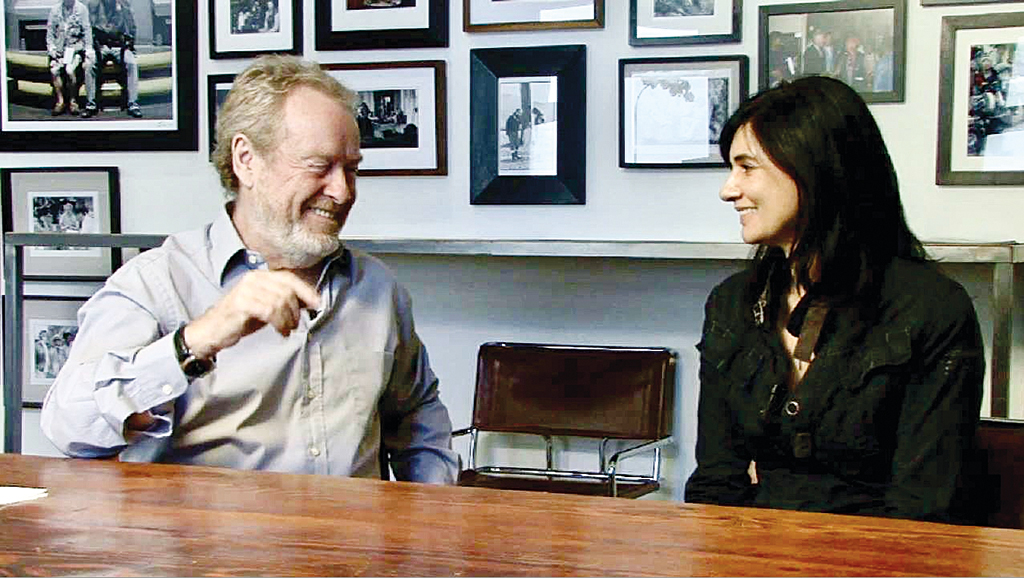
“[The lack of female visual effects supervisors] is definitely [the result of] a lack of opportunity and I’d say unconscious bias. … It never really occurred to me that my gender should hold me back and I was always surprised when it did. I am a strong believer in diversity and inclusion, not just because I am a bi-racial woman but because I believe that greater diversity leads to freer thinking and greater creativity.”
—Sheena Duggal, Visual Effects Supervisor
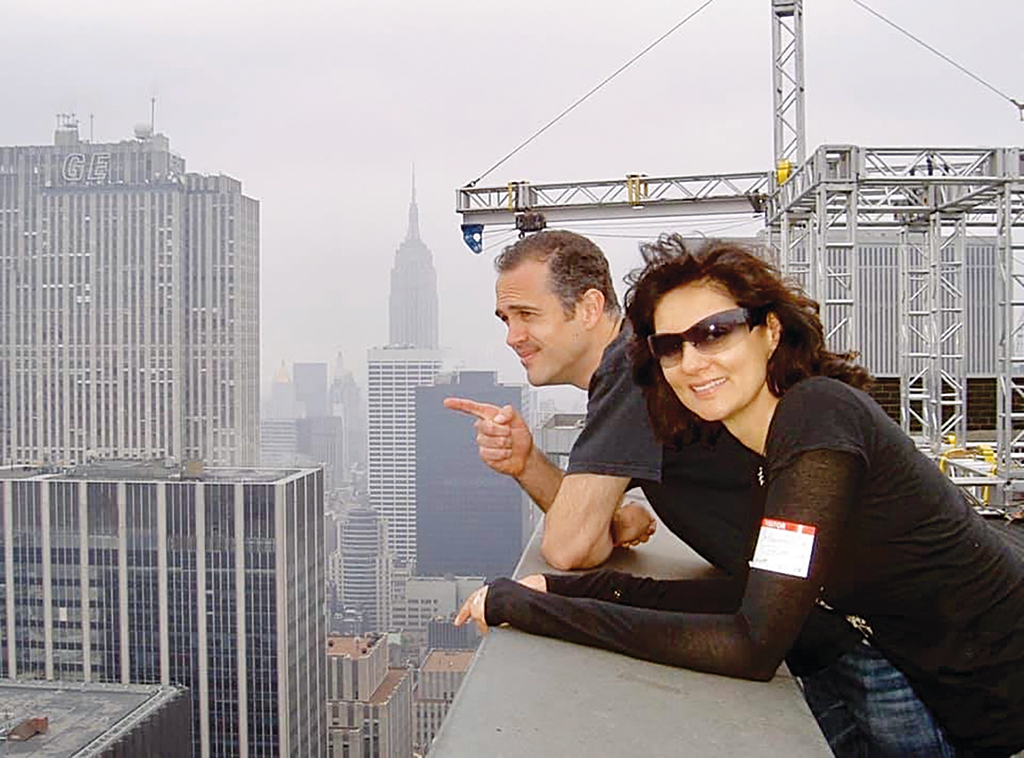
A large group of ILM employees led by Ralston left to establish Sony Pictures Imageworks. “I took on the role of Co-Director of High-Speed Compositing along with Mark Holmes. This meant setting up a Flame department. After being at ILM it was a shock to try to build a functioning facility mostly from scratch. I was managing and training artists, compositing shots and supervising multiple shows during this time. We were also writing tools and support systems to track and manage data. It was certainly a character-building experience.”
After the completion of Starship Troopers (1997) and Contact (1997), Duggal began actively searching for another project. “The Postman (1997) needed some 911 help, and this was the first show that I supervised and shared the co-supervisor credit with Stephen Rosenbaum (Kong: Skull Island). Ken Ralston took me under his wing and I supervised Patch Adams (1998) under his guidance. I met Executive Producer Charles Newirth (City of Angels) on this film and that began a great collaboration with him. Charles hired me on a lot of films when he was head of Revolution Studios with Joe Roth (Anger Management). I even worked on a film directed by Roth during this time. I had the pleasure of working with Charles again at Marvel a few years later. I am grateful to all the people who gave me an opportunity back then.”
Transitioning from working in a facility to the studio production side was not a big leap. “Certainly, all the experience that I gained as Creative Director of the Flame compositing department was helpful in managing teams and budgets,” notes Duggal. “I have been lucky to have partnered with some of the most excellent creative VFX producers and this made a world of difference. What I miss most about not being inside a facility is the access to technological expertise. It’s much harder to keep up with technology when you aren’t part of that larger team working towards a solution across multiple shows. I was used to being involved in aspects of R&D for most of my career. Working at Marvel was great because we had access to the clever folks at Disney Research in Zurich, and it was always fascinating to get a peek into the future technology they are working on. Happily, I am still involved in creative technology R&D projects and have been consulting with Codex, now X2X labs [in partnership with PIX groups], for many years.”
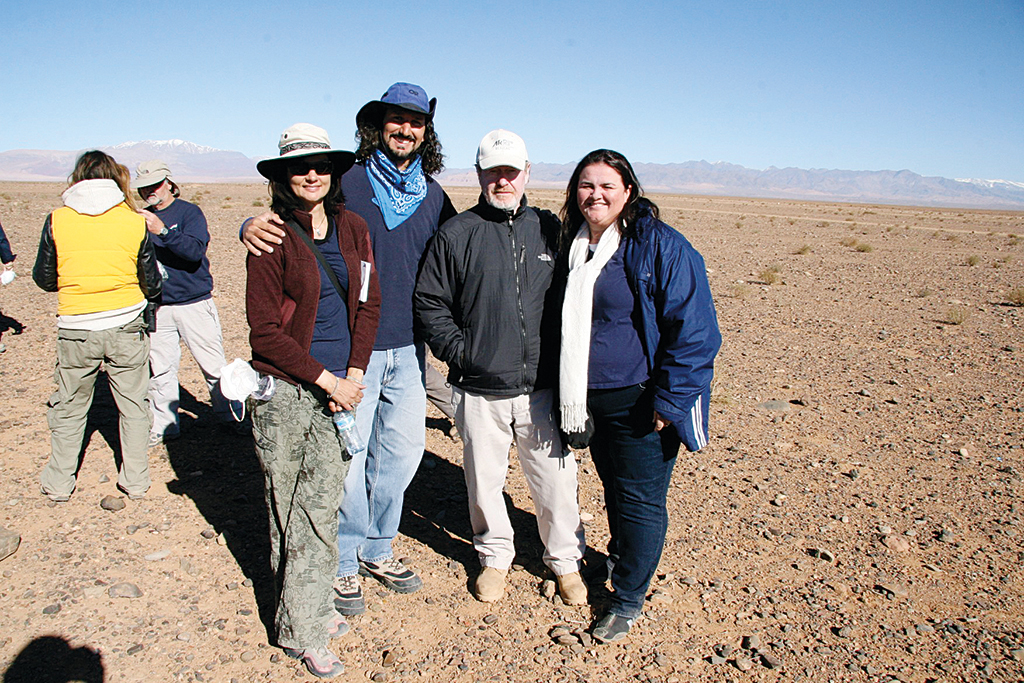
Artistic inspirations come from paintings, cinema and music. “As a teenager I was inspired by the playfulness and freedom of Dali,” notes Duggal. “I love impressionism, which can completely capture the essence of something in a nonliteral way. I especially love artists like Georges de La Tour, the Baroque painter who painted the most amazing chiaroscuro scenes lit by only candlelight. When it comes to films, my art influences definitely crossover. Ray Harryhausen’s (Jason and the Argonauts) stop-motion animation was something magical to me. Almost every frame of Blade Runner is a work of art in its own right. I am a big fan of Peter Greenaway (Zed & Two Noughts) who is an artist influenced by Renaissance and Baroque paintings. I love the symmetry and symbolism in his films. You can see the golden ratio employed in his work. I have definitely been influenced by the graphic design of Saul Bass and by not just the music, but also the art of the album covers of the 1960s and 1970s. It’s fortuitous that I spent some time in my career designing album covers for major rock stars.”
Duggal directed the short Inspire: The Chicago Spire Art Film (2007) which utilized the Arnold renderer for the first time. “The piece was littered with visuals and harmonics echoing Phi and was loved by [Spanish architect-engineer] Santiago Calatrava, who had designed his building around the principle of the Fibonacci sequence. Somehow, by looking at designs for his building I understood this, so when I pitched the idea for the short art piece to him on a cold night standing on the site in Chicago, he was delighted. When I showed him the previz, Santiago invited me into his house in New York to see a moving sculpture he had built that exhibited in the Met. There were no notes. Santiago just loved the previz and wanted to share the art he created so I could understand the ideas he had. I was invited to design meetings with him where he was talking to the architects and contractors of the building, I hope it gets built someday; it is a beautiful vision. I asked Santiago what inspired him and he said there is no such thing as inspiration. You focus on the work and the ideas and solution will come.”
Duggal’s photography has been published and is an important part of her work, “For me, photography is painting with light and so much more. It acts as a means to bring something into sharp focus, and to create a visual library in my mind so that when reading a script I can see a concept of how it might look. It’s an exciting part of the process. Photography also serves as a communication tool with the cinematographer. The work that we do is built on top of the canvas they create for us to paint on. No cinematographer is going to give you the time of day if you can’t talk the same language as them and understand why a lens or composition choice might be preferable. I’m working with Bob Richardson (Once Upon a Time in Hollywood) right now and he’s a master. I delight in his use of back light, and Bob is the consummate collaborator with visual effects by giving us the most beautiful footage to build on.”
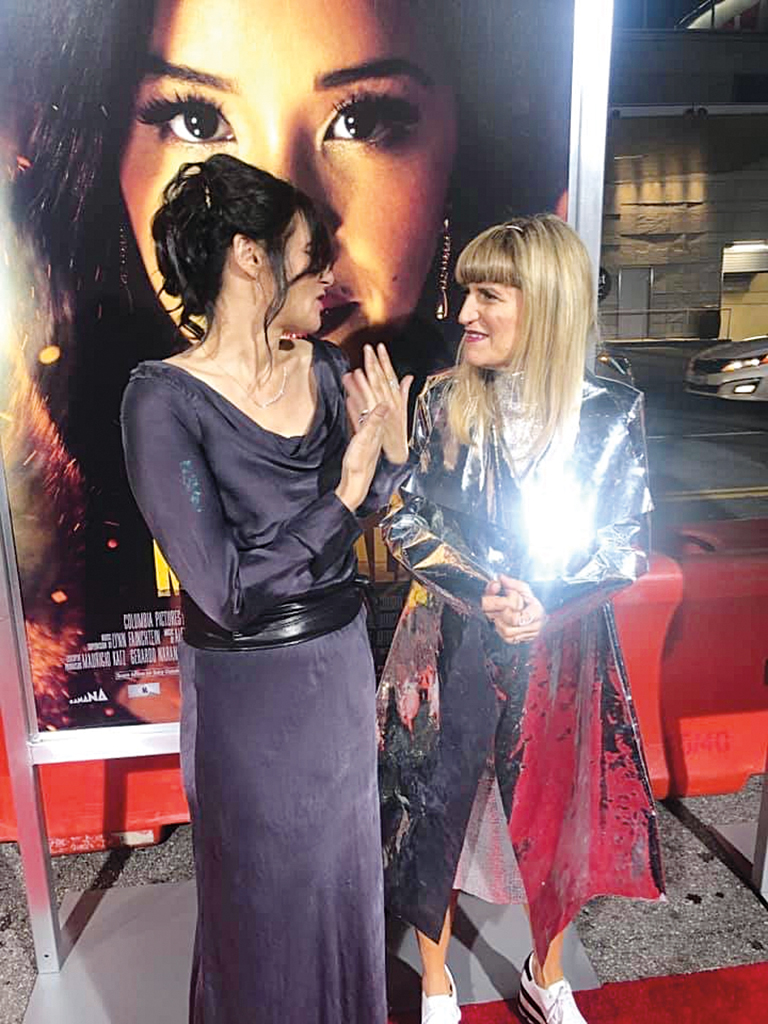
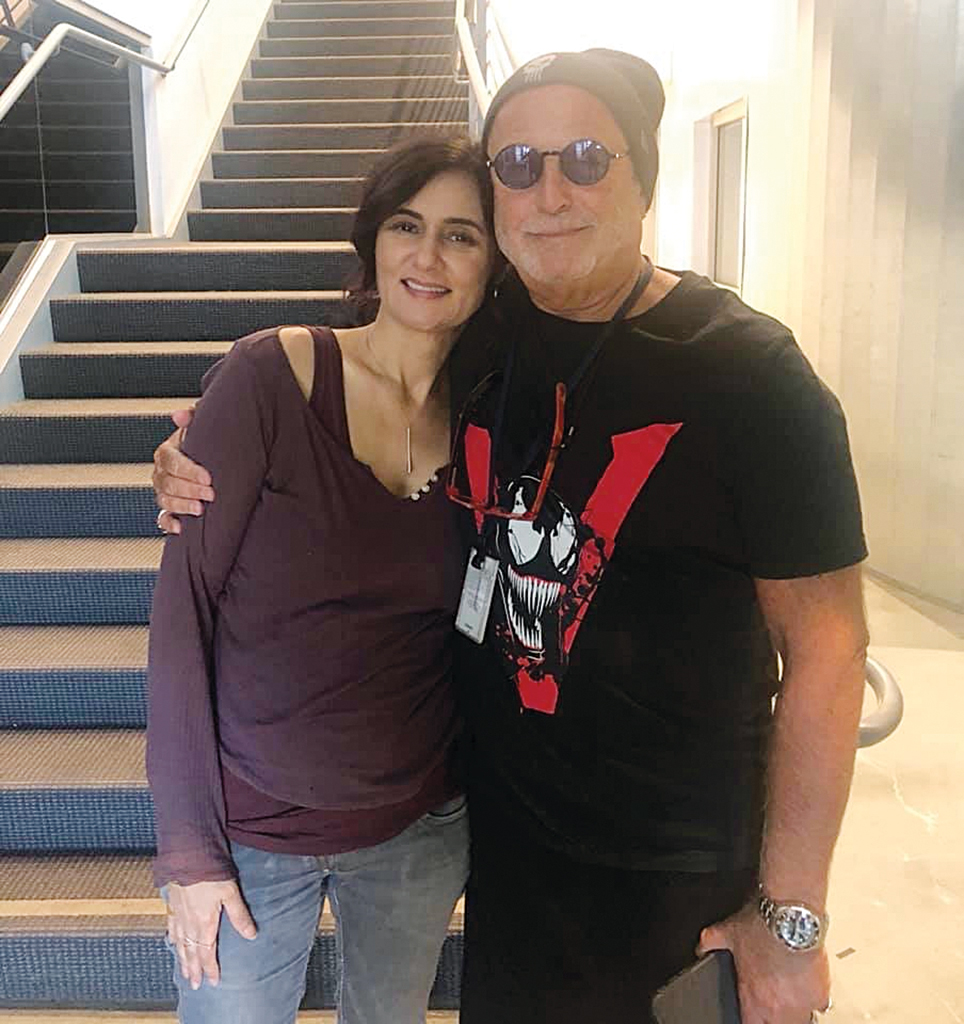
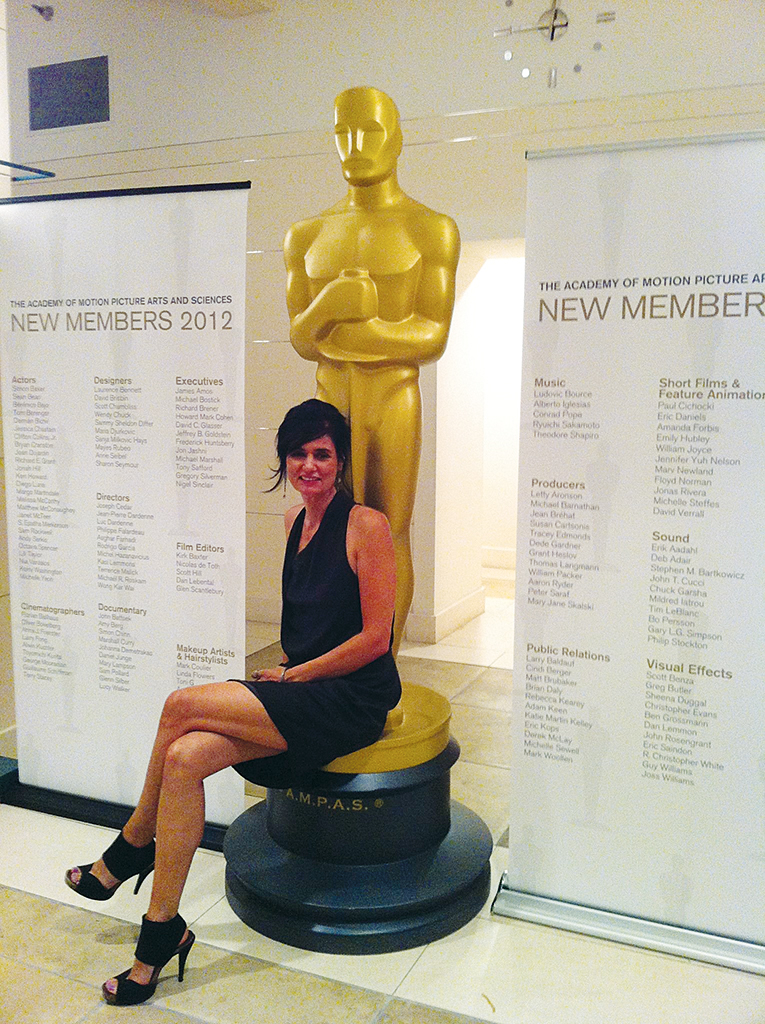

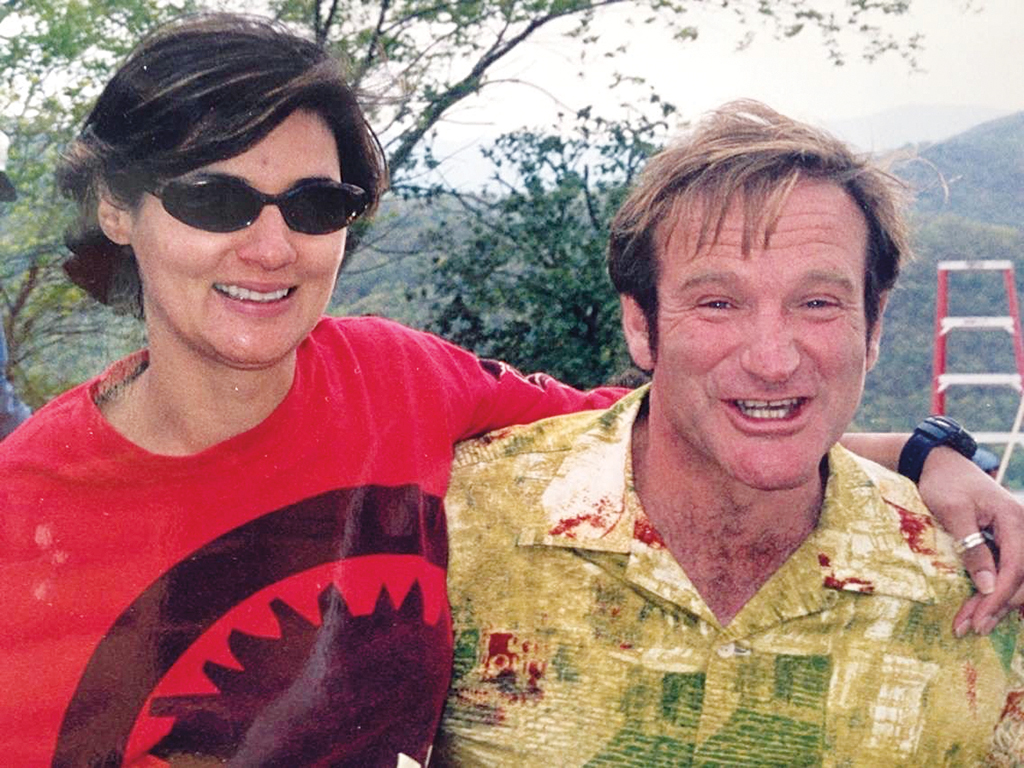
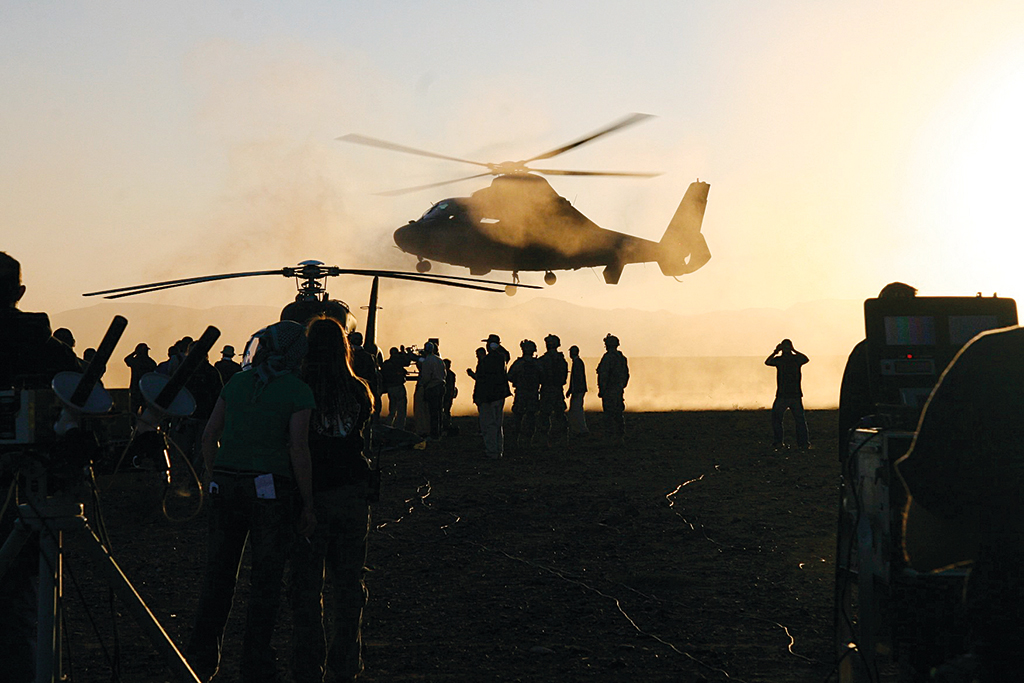
“The early days with alpha versions of Flame were fantastic. We pushed the tools to the limit. The developer who had written the code, Gary Tregaskis, was with us on Super Mario Bros. writing tools as needed. Every day brought something new that we didn’t know we could do. We were devising new methodologies, coming up with ideas and creating images that were literally bleeding edge at the time.”
—Sheena Duggal, Visual Effects Supervisor
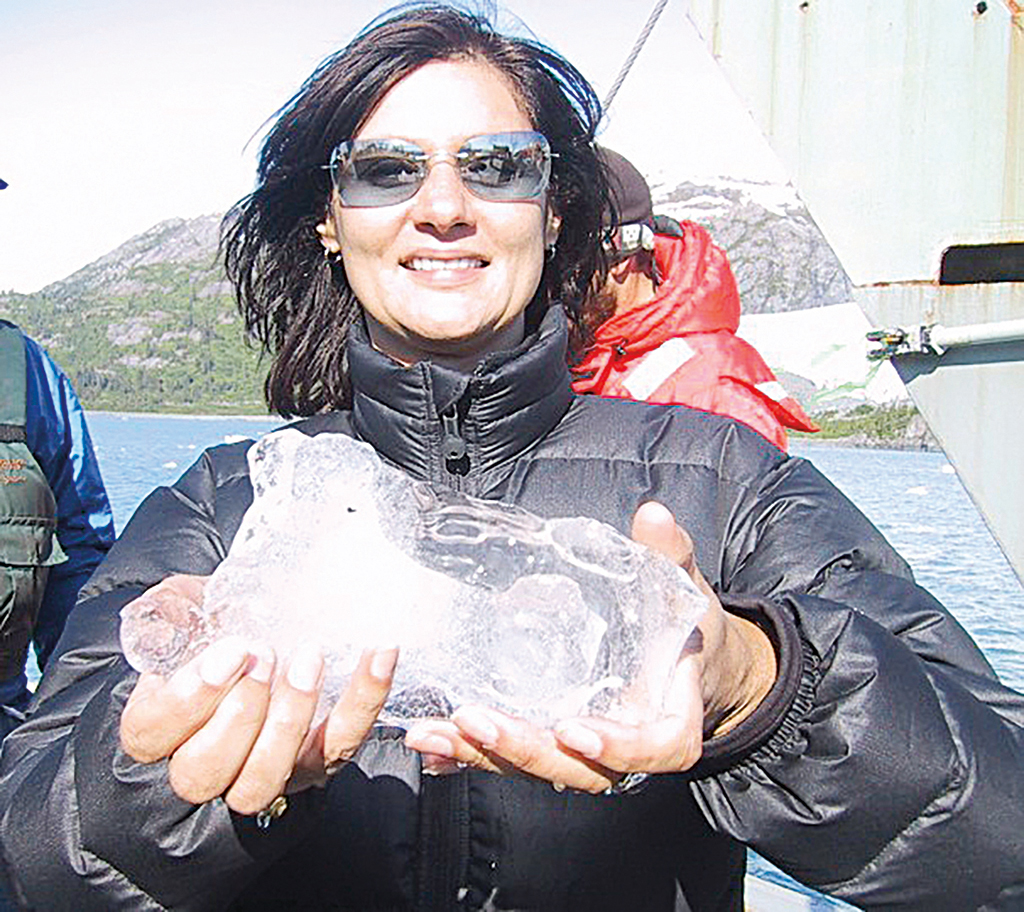
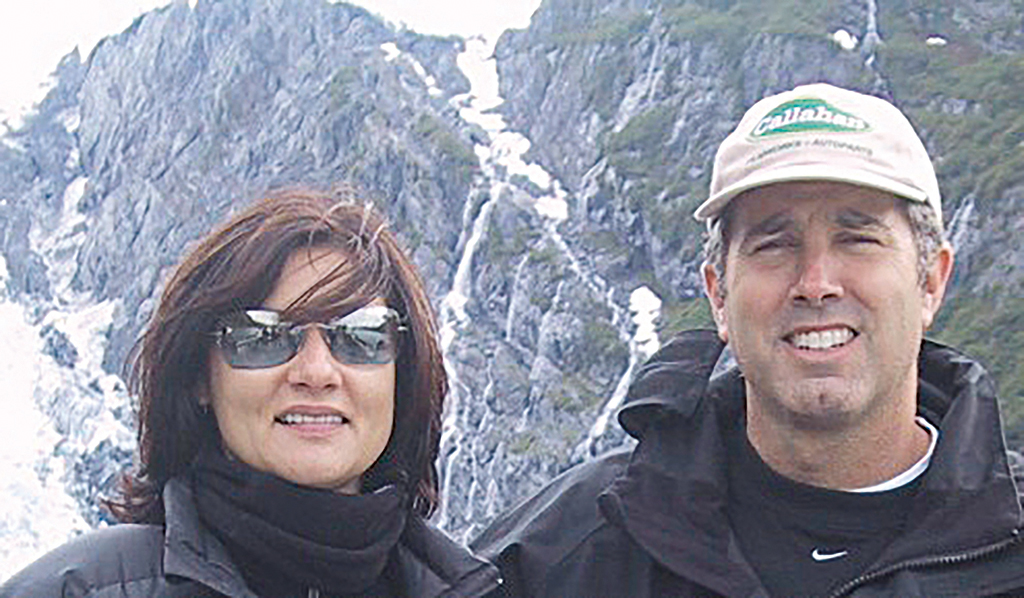
Increasing the presence of female visual effects supervisors is an issue that needs to be addressed. “It’s definitely a lack of opportunity and I’d say unconscious bias,” states Duggal. “It didn’t start out that way and there were more women in the early days. Somehow as the industry became more commercialized, it seemed like the higher paying creative jobs became exclusively reserved for our male colleagues. Earlier in my career I was specifically told that the goal was to promote the male supervisors, and watched as guys were promoted up the ranks who had worked under my VFX supervision and were given opportunities on large VFX shows. It never really occurred to me that my gender should hold me back, and I was always surprised when it did.
“I am a strong believer in diversity and inclusion, not just because I am a bi-racial woman but because I believe that greater diversity leads to freer thinking and greater creativity,” remarks Duggal. “I worked within the Academy of Motion Pictures Arts and Sciences as a member of the VFX branch executive committee and Chair of the branch A2020 committee in 2017-2018, to help meet the Academy A2020 goals to increase diversity and inclusion by 50% by the year 2020. When I began this work in 2015 there were five women in the VFX branch. We still have a long way to go, but we have increased these numbers significantly as well as increasing the number of people of color in our ranks. Women spend too much time being congenial, and it’s time for us to speak up about our achievements and the opportunities we’ve created for ourselves.” The British visual effects supervisor has worked with several female filmmakers such as Nora Ephron (Michael), Gurinda Chadra (I Dream of Jeannie), Penny Marshall (Riding in Cars with Boys) and Catherine Hardwicke (Miss Balla). “My goal is to continue to work with female filmmakers as much as possible.”
Duggal has fond memories of the creative and technical challenges encountered in making Contact and Body of Lies (2008), The Hunger Games (2012) and Agent Carter (ABC, 2015 to 2016). “The beach sequence in Contact was the first time we created a virtual world and the actors were shot on a 360 bluescreen. That was a huge design challenge,” recalls Duggal. “The mirror shot has become legendary and yet was relatively simple in its conception, although the execution presented some compositing challenges. Body of Lies was a wonderful project. I love working with Ridley Scott because he knows everyone’s job as well as they do. Therefore, he is very secure and wants your input and ideas. My best memory from this film is editing the car chase with Ridley and Pietro Scalia (Black Hawk Down) using visual effects to help weave together the visual storytelling.
“The Hunger Games was possibly the most challenging project I worked on,” continues Duggal. “Lionsgate had everything riding on the success of the film. The pressure was enormous. We had as many as 18 visual effects vendors and the work ranged from virtual environments, creatures, FX simulations and motion graphics, to weapons and complex compositing tasks. As a result of production limitations, schedule and budget, we only had four weeks prep on the film, and so we were trying to prep and design while we were shooting out in the woods.” The television series Agent Carter resulted in a VES Award nomination for Outstanding Supporting Visual Effects in a Photoreal Episode. “On the first season of Agent Carter we had hundreds of shots up in the air between episodes one and two, and a looming broadcast schedule airdate. I brought my old ILM friends along with me for the first season and we shared the learning curve together, nearly buckling under the weight of the challenge. I really enjoyed the experience of working on both seasons, mad as it was to execute.

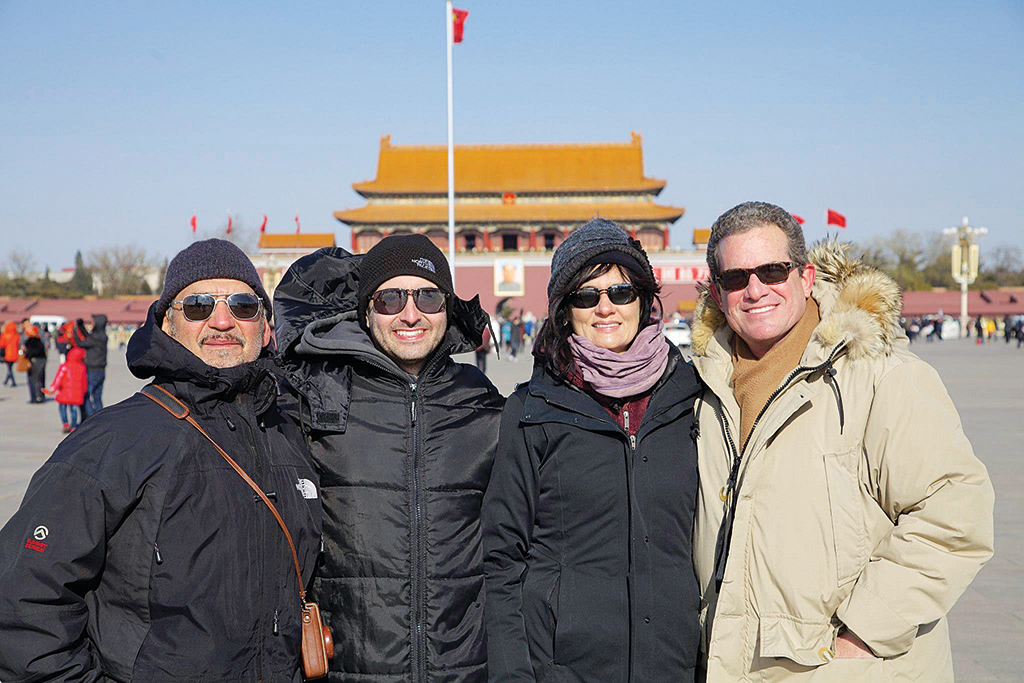
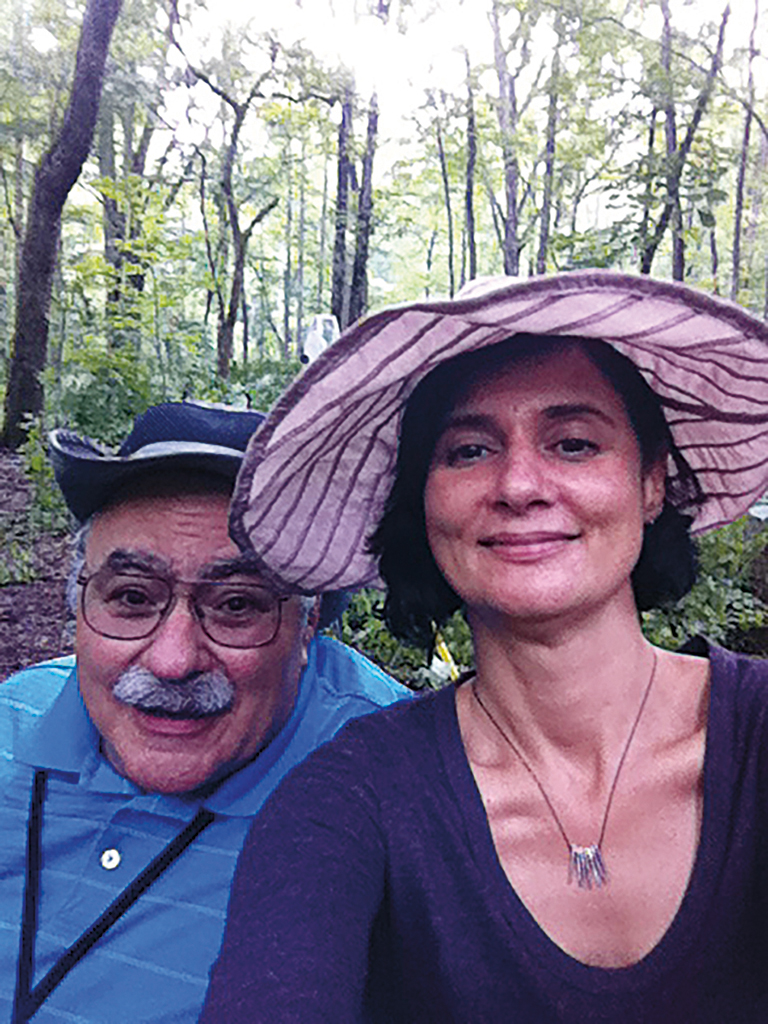

“I have had some tremendous people who have shared their knowledge and who have given me opportunities,” notes Duggal. “It’s largely due to this forward-thinking group of people who believed in me that I was able to showcase my talent and achieve what I have. I spent a lot of time working on the fringes or out of the box, and doing so has presented interesting creative opportunities. There are many ways to channel creative thinking and problem-solving, and as a bi-racial woman I have a unique perspective that no one else at this level in VFX has.”
Receiving the VES Award for Creative Excellence is a proud accomplishment for Duggal. “I can think of a lot of people who deserve the VES Award for Creative Excellence, and it’s easy for me to think that they deserve it more. I’ve looked at my body of work and began to think ‘it could be more impressive,’ but then I stop myself and think about the question of opportunity and how much of a struggle is has been to persist against the odds.”